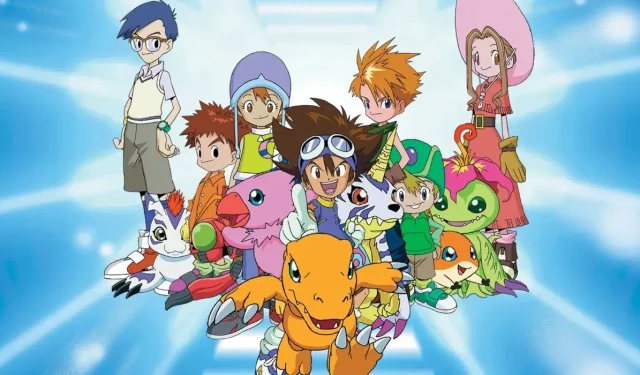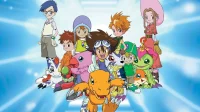The relationship between isekai and Digimon might not be immediately apparent, yet their connections run deep. Many may be surprised to discover that Digimon is actually one of the early pioneers in the isekai genre, introducing viewers to the notion of alternate realities in a way that would shape future storytelling in anime.
For fans who grew up with Tamagotchi—digital pets that inspired the series—Digimon brings back a cherished nostalgia. Its narrative stands apart from typical isekai offerings that often feature overpowered characters like slimes, beta testers from Sword Art Online, or villainesses armed with prior knowledge. Instead, the series presents young protagonists who are ordinary children bravely navigating a fantastical new world.
Digimon Adventure: A Trailblazer in the Isekai Genre
Utilizing Core Isekai Tropes
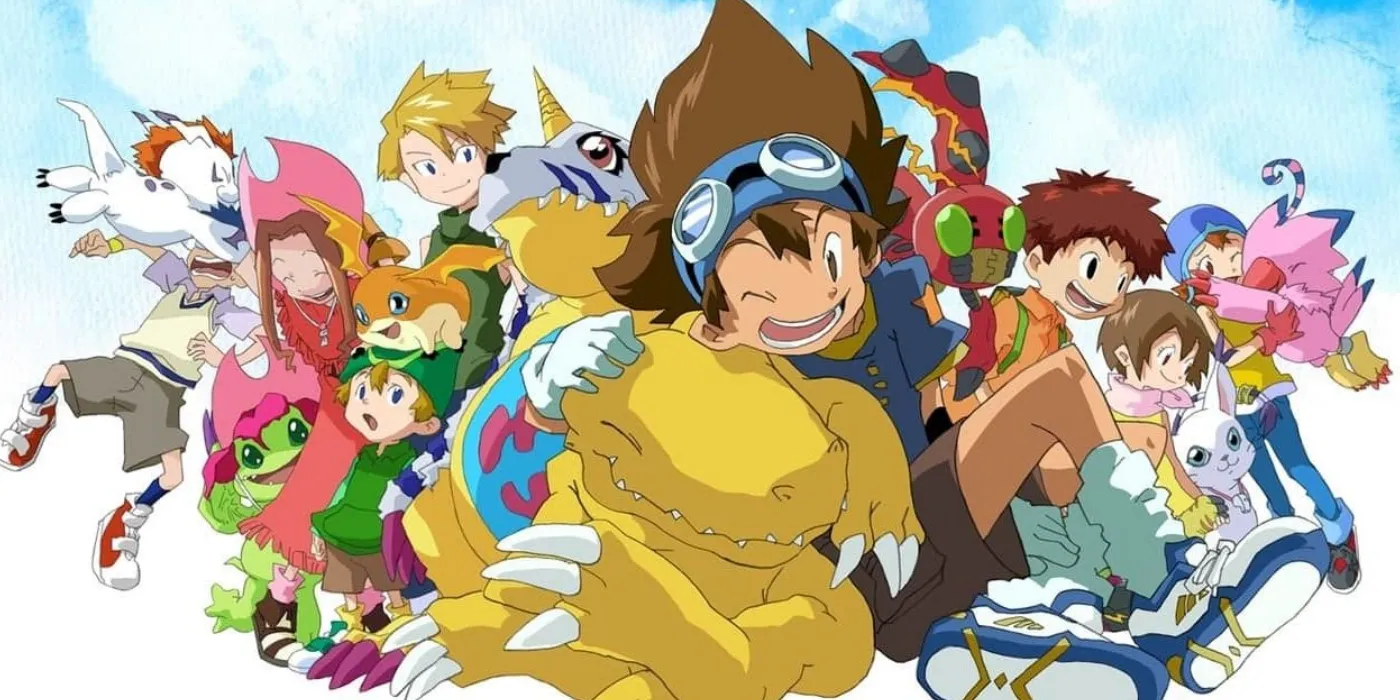
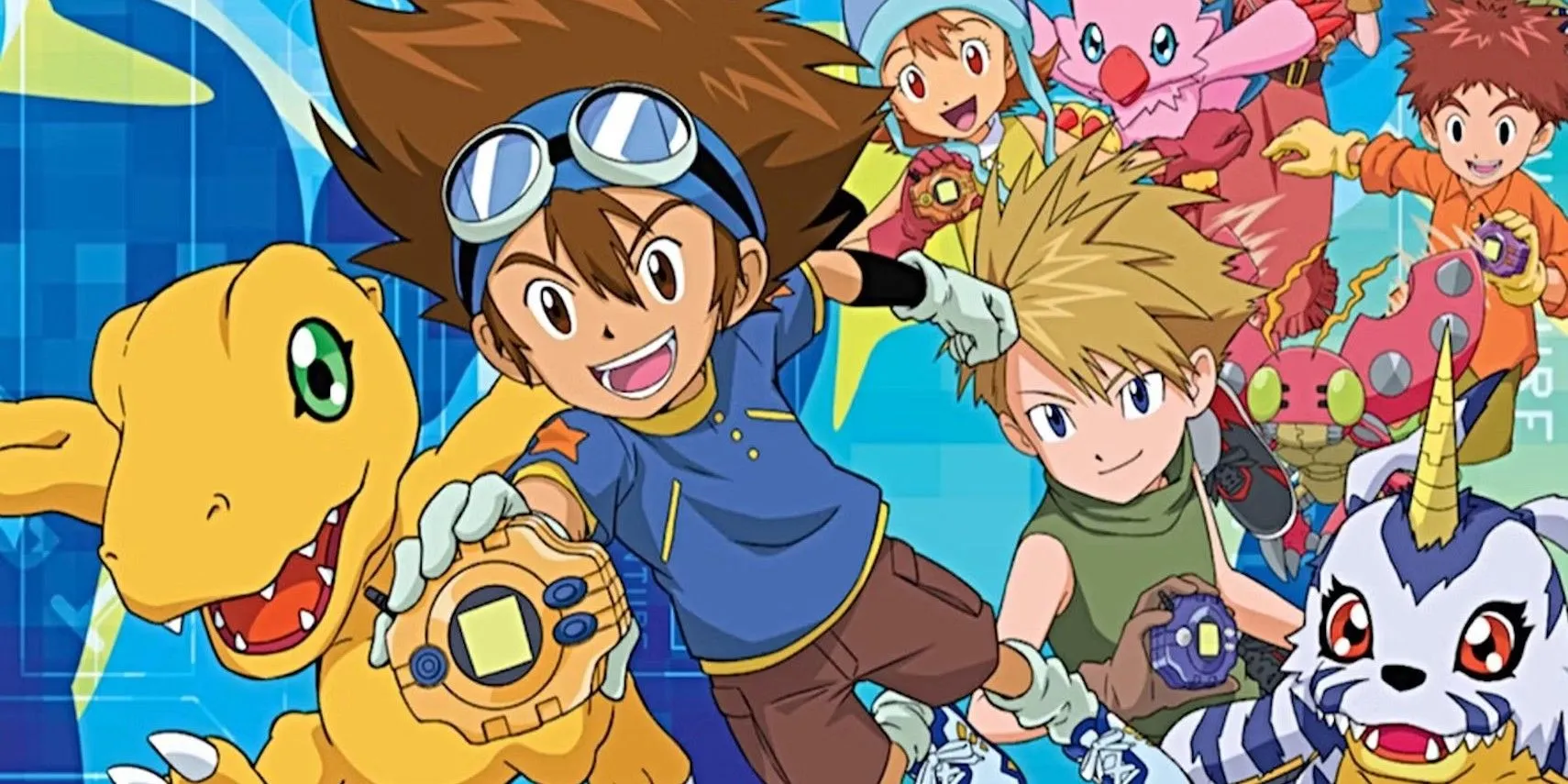

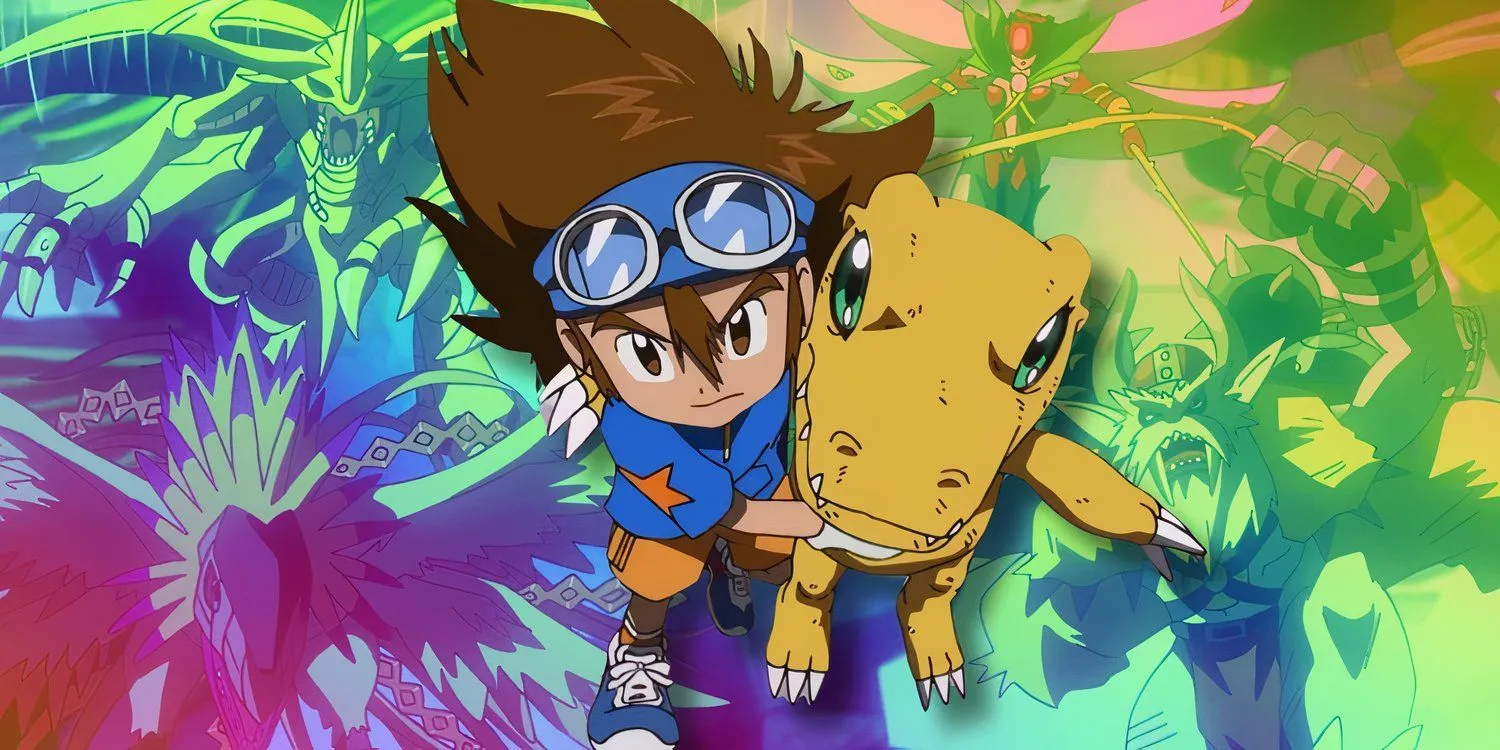

Although modern isekai has surged in popularity recently, the genre’s roots reach back over a generation. Notably, Aura Battler Dunbine, which debuted in 1983, is often recognized for introducing isekai elements to mainstream anime. The isekai formula prior to the 2000s, however, diverged significantly from today’s tropes. Similar to Dorothy’s adventure in The Wizard of Oz, many protagonists were essentially isekai figures, unassuming individuals thrust into extraordinary circumstances, compelled to adapt and grow.
The renowned Digimon Adventure, crafted by Hiroyuki Kakudo, tells the story of Tai, Matt, Sora, Izzy, Mimi, Joe, and T.K.—seven regular kids who find themselves whisked away to the Digital World while at summer camp. Confused about their purpose, they soon realize they have been summoned by powerful entities for a reason: each child represents a unique characteristic such as courage, hope, or reliability, integral to saving the Digital World from looming threats.
As the adventure unfolds, each child is paired with a Digimon tasked with guarding them and assisting in battles against dark forces determined to exploit the Digital World. As they navigate perilous situations, the Digimon also evolve and grow stronger alongside their human counterparts, enhancing their bond through shared experience. As the stakes rise, the children learn to value the safety of their friends and the Digital World as highly as their own desire to return home.
What distinguishes Digimon Adventure in the anime landscape is its powerful reimagining of the classical hero’s journey—this time, featuring multiple heroes. The story begins with their unexpected entry into a new realm, with mentors taking the form of their Digimon partners, who guide the children in both directions. Ultimately, the narrative reflects the heroes’ transformation, as they are tested beyond their limits, growing stronger with every ordeal.
Contemporary Isekai: A Familiar Pattern
The Original Appeal of Isekai Lies in Knowledge Transfer
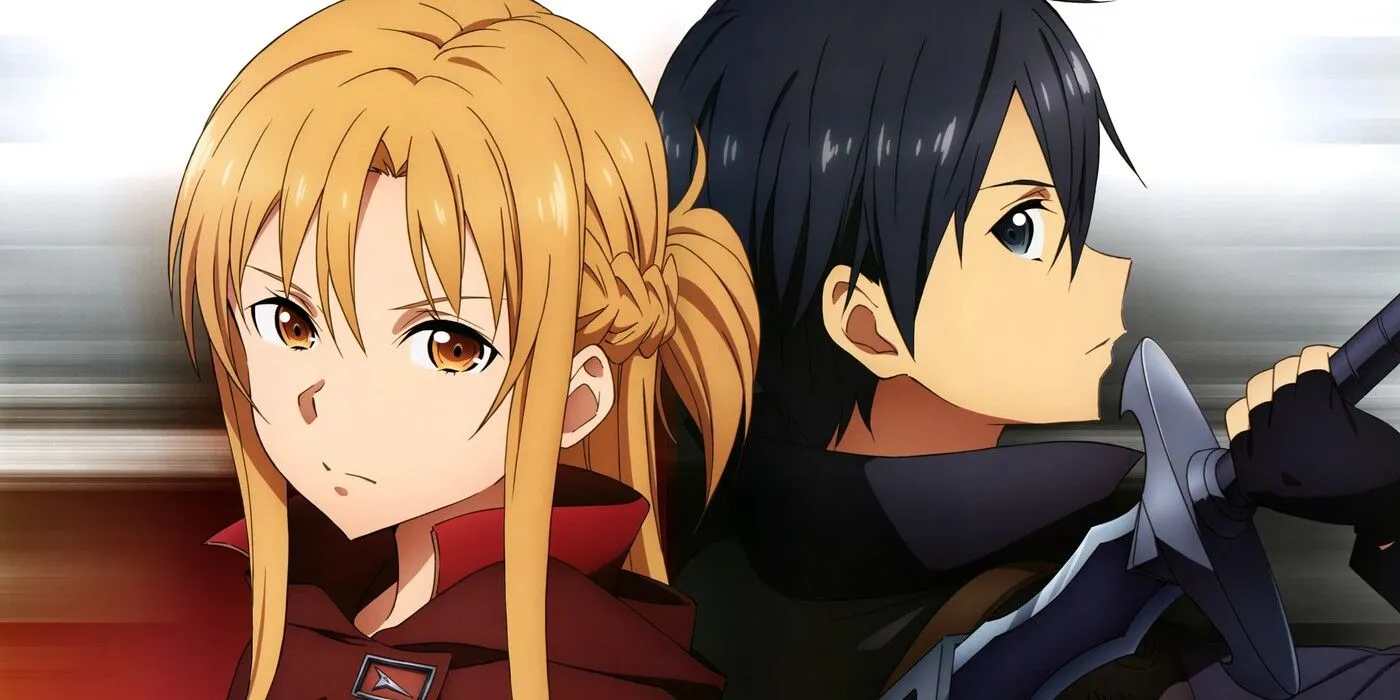
Present-day isekai frequently embrace the “hero’s journey”trope, but seldom do they follow the classic “from zero to hero”narrative structure faithfully. Many protagonists begin as “zeros”in their world—ranging from inexperienced children to corrupt officials—but they typically bring their existing skills and knowledge, which often act as unwarranted advantages in their new settings. Moreover, they tend to receive immediate upgrades or possess ‘cheat code’-like abilities that elevate them to near-god status early in their stories.
This reliance on cliché themes can sometimes hinder modern narratives, as many stories feature protagonists transported to unfamiliar worlds through the well-worn device of a sudden vehicle accident. Additionally, themes such as harem dynamics, where male protagonists gather powerful allies—who often develop romantic attachments to them—are prevalent, portraying these women as transformative figures in their own journeys.
The Unique Formula of Digimon Adventure Remains Unmatched
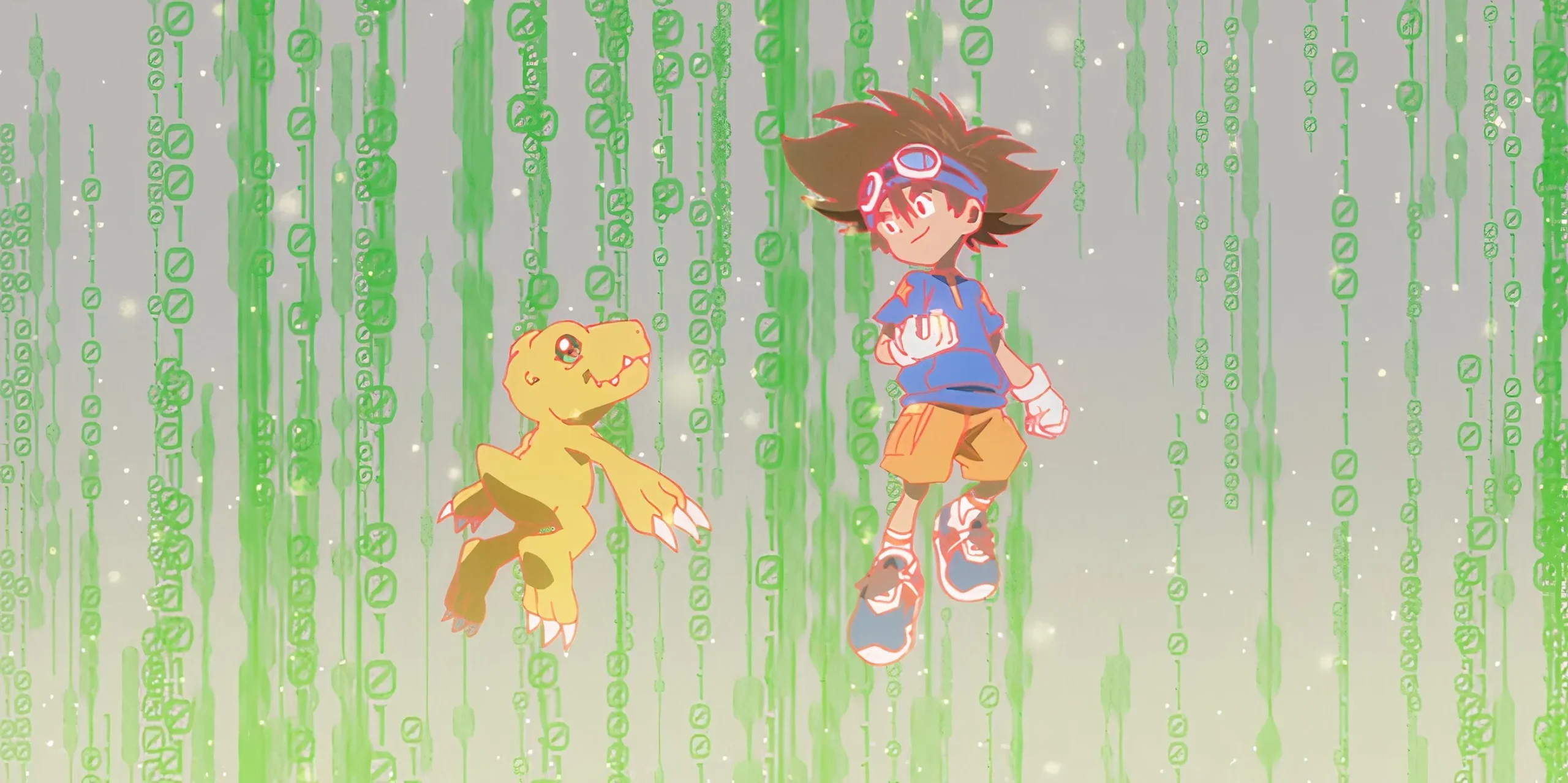
Digimon Adventure masterfully blends traditional isekai elements with rich storytelling. Presenting a quintessential “stranger in a strange land”scenario, it delivers a compelling narrative about a group of bright, resourceful kids. Initially out of their depth, these characters display remarkable growth through determination, teamwork, courage, and ingenuity, triumphing over daunting challenges.
At its core, Digimon Adventure emphasizes character-driven storytelling, focusing on the personal growth of the “Chosen Children”as they evolve from confusion to mastery. The narrative acknowledges the unpredictability of their journeys, reflecting the genuine struggles faced during adolescence. This contrasts sharply with modern isekai storytelling, which often follows formulaic patterns, prioritizing quick resolutions over deep emotional resonance.
Unfortunately, as a trailblazer within the isekai genre, Digimon set a benchmark that many contemporary series struggle to match. The recent surge in isekai’s popularity has diversified and expanded the genre significantly. Nevertheless, this growth has also led to the routine use of familiar tropes that, while engaging and enjoyable, often lack the emotional depth, high stakes, and thrilling narratives that marked Digimon as a classic.
